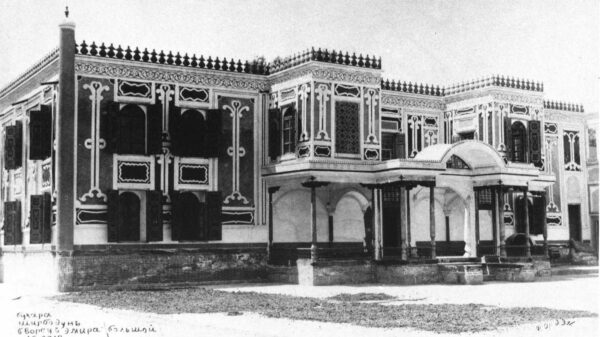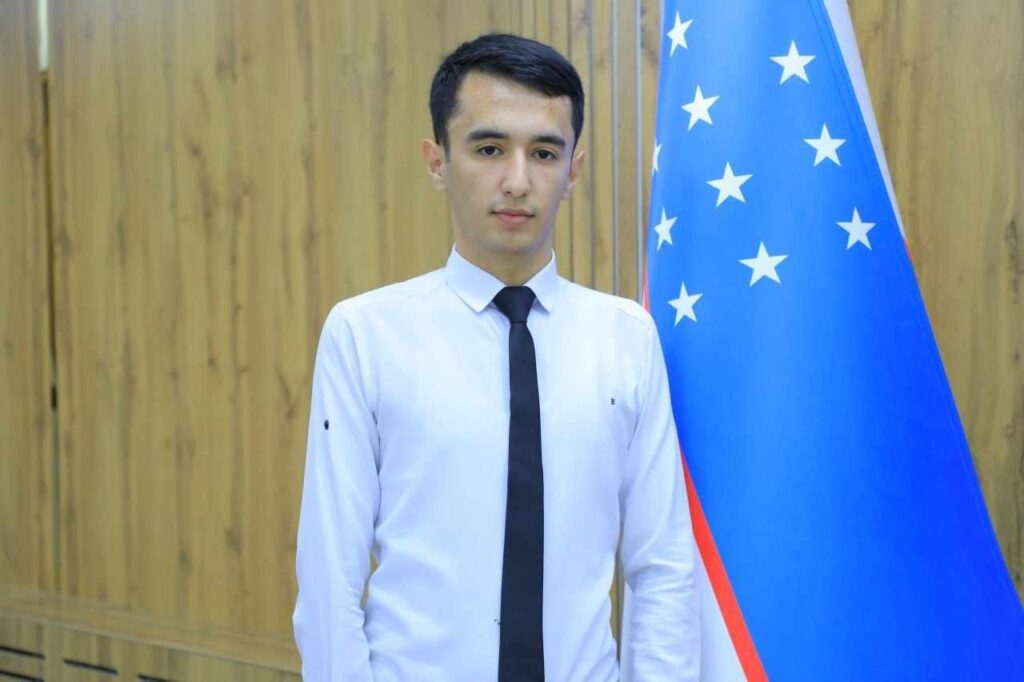


SHIRBUDUN PALACE: A FORGOTTEN TREASURE OF BUKHARA
Bukhara, with its ancient history, has witnessed both turbulent times and prosperous days. The city is renowned not only for its contributions to science and Islam but also for its unique architecture. Many architectural masterpieces have been built in Bukhara, including the Ark Fortress, the Kalyan Minaret, the Mir-i Arab Madrasa, and the Sitorai Mokhi-Khosa Palace. Among them, Shirbudun Palace stands as a lesser-known yet remarkable monument.
Shirbudun Palace was one of the political residences of the Emirs of Bukhara. It was constructed during the reigns of Amir Muzaffar (1860–1885) and Amir Abdulahad (1885–1910), about 4 km southeast of Bukhara, along the road to present-day Kogon. The palace complex, built in the 1870s, included a mosque, a reception hall, and gardens, designed by master craftsmen like Rahim Khayotov and Abdurasul.
The palace primarily served as a venue for celebrations, royal receptions, and diplomatic meetings. Historical records mention that Amir Muzaffar hosted foreign ambassadors and grand feasts here. During festivals, over 500 tents were set up around the palace for fairs and entertainment. According to traveler Rempel, the palace also hosted Navruz celebrations.
Architecturally, Shirbudun Palace blended European and Persian influences. It featured luxurious European-style chandeliers, furniture, and decorations, as seen in photographs taken by travelers. Notably, it was the first fully electrified building in the Bukhara Emirate. German traveler Max Albrecht visited the palace in 1893 and later described it in his book, emphasizing its grandeur.
Russian photographer Sergey Prokudin-Gorsky, who visited Bukhara in 1907 and 1911, captured early color photographs of the palace. His images depict its illuminated halls, lavish chandeliers, and intricate woodwork. Other foreign visitors, including Dmitriev-Kavkazsky, also documented its architectural splendor. Local historians like Mirzo Abdulazim Samiy and Muhammad Ali Baljuvani mentioned Shirbudun Palace in their writings. Renowned Uzbek writer Sadriddin Ayni, in his memoirs, described the palace’s gardens, decorated halls, and magnificent courtyards with marble fountains.
The palace was surrounded by 10-meter-high walls and featured Persian-Arabesque decorations. Inside, mirrored halls, intricately carved wooden columns, and richly adorned ceilings reflected the artistic fusion of Eastern and Western styles. The reception hall, used for diplomatic meetings, housed a throne gifted by the Russian Emperor. After the fall of the Bukhara Emirate, the palace was transferred to the Soviet government in the 1920s and later repurposed as an agricultural office. Unfortunately, Shirbudun Palace did not survive into the modern era. In the 1960s, its remains were demolished, and a new building was constructed on the site. Today, only a few historical photographs and accounts preserve the memory of this once-grand architectural gem.


Author: Shoxijahon Urunov
Student of Bukhara State Pedagogical Institute